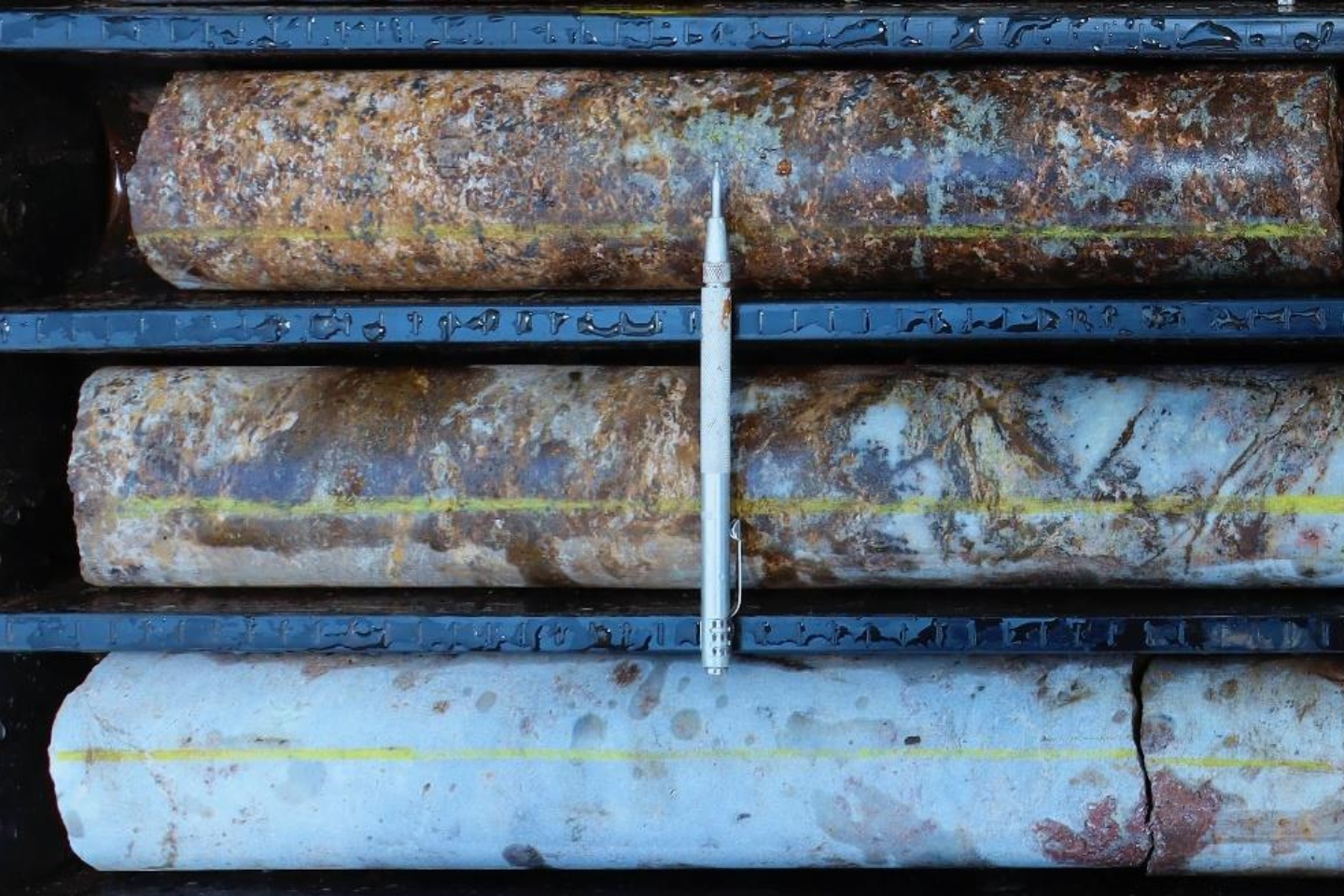Lindian Resources is off to a promising start with early samples from its maiden drill program at the Kangankunde rare earths project in Malawi showing continuous visible monazite from surface to current depth. The company says monazite is the rare earths bearing mineral Lindian is targeting at the project and mineralisation is consistent with expectations indicated from surface mapping.

Lindian Resources is off to a promising start with early samples from its maiden drill program at the Kangankunde rare earths project in Malawi showing continuous visible monazite from surface to current depth.
The company says monazite is the rare earths bearing mineral Lindian is targeting at the project and mineralisation is consistent with expectations indicated from surface mapping.
Samples from the first hole drilled have already arrived in South Africa where they are being prepared before being sent to Australia to be assayed. Lindian says it expects a steady stream of samples each week.
The explorer is currently undertaking phase 1 of its 12,500m resource definition drilling program including 10,000m of RC drilling and a further 2500m of diamond drilling to test mineralisation to a depth of 300m. The 44-hole campaign includes two RC rigs and one diamond drill rig.
The company recently received preliminary assays from a single batch of isolated rock chip samples of mineralised rock at Kangankunde. Early results show a monazite content of 5.6 per cent and a total rare earths oxide content of 2.6 per cent.
LIndian Resources Chief Executive Officer, Alistair Stephens said: “With three rigs now on site, we have the necessary equipment to now add significant metres and thus better demonstrate Kangankunde’s compelling potential. With drilling ongoing, we expect to report a steady stream of assay results from mid-December through to the end of February barring any unforeseen delays.”
Phase 2 drilling will consist of two additional deep 1000m drill holes to test the extent and tenor of mineralisation from 300m down to 800 metres and will begin when phase 1 drilling is complete.
Kangankunde is considered one of the world’s largest rare earths operations outside of China and hosts an outdated resource of 2.53 million tonnes grading 4.24 per cent rare earths oxide and containing 107,000 tonnes of rare earths oxide when using a cut-off grade of 3.5 per cent. It is a carbonatite-hosted system with mineralisation exposed at the surface and open at depth and therefore has potential to increase in size.
googletag.cmd.push(function() { googletag.display('bn-dfp-article-lb2-advert'); });The ratio of neodymium and praseodymium in the total concentrate produced from the project is about 19 per cent and a mining licence has already been secured for the site. Lindian says neodymium and praseodymium have become increasingly valuable since the project’s economics were last independently evaluated more than 10 years ago.
Rare earths form a group of 17 elements with unique catalytic, metallurgical, nuclear, electrical, magnetic and luminescent properties positioning them as highly valued and integral components in many rapidly emerging technologies.
Lindian says it is pushing the rigs to complete as much of the planned exploration program as possible whilst the weather conditions permit and expects a steady stream of news between now and the end of February.
Is your ASX-listed company doing something interesting? Contact: matt.birney@businessnews.com.au















